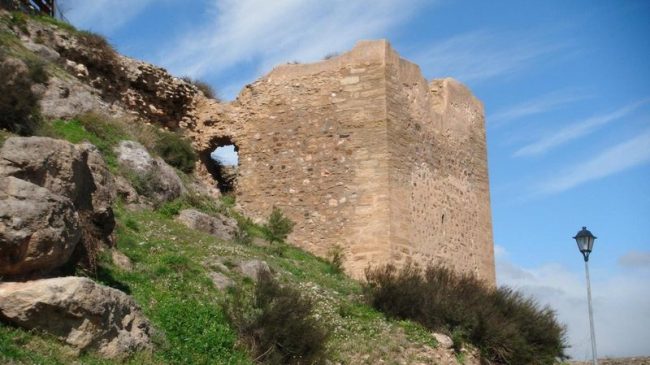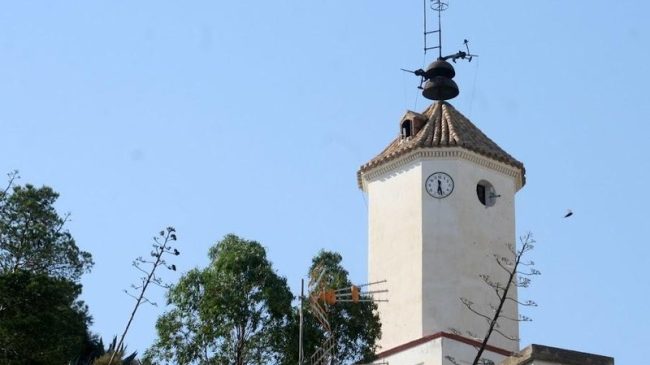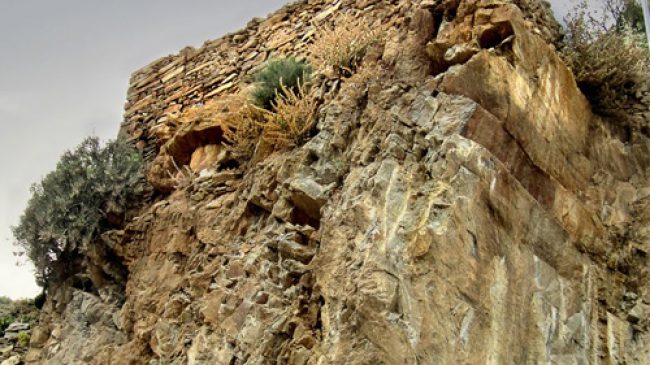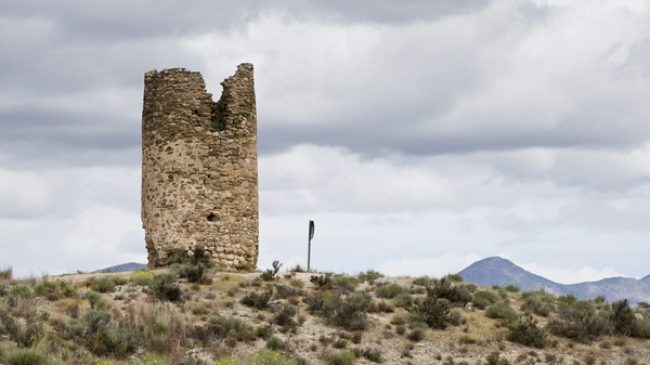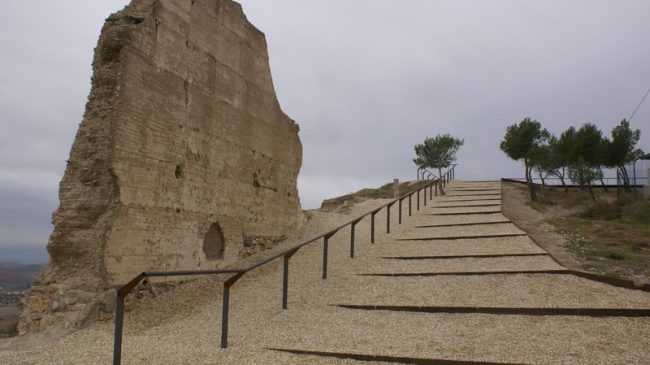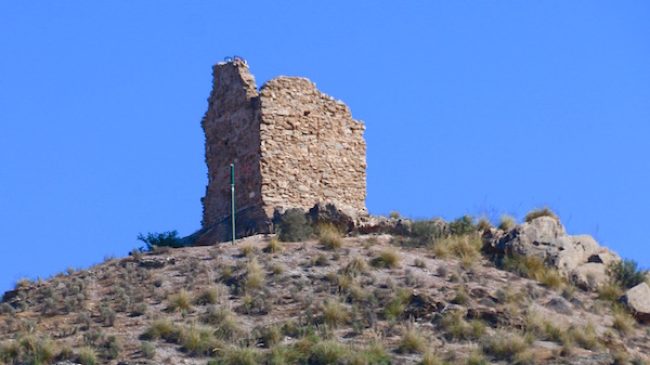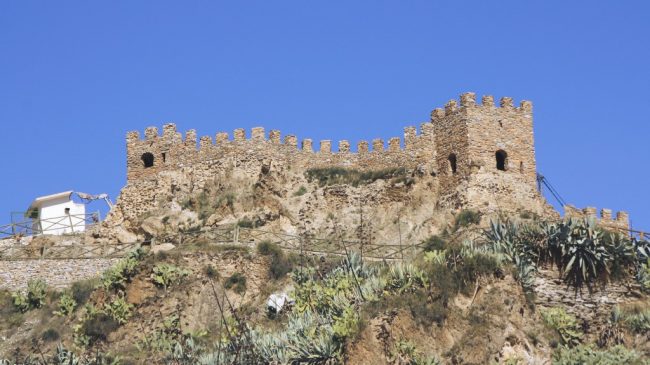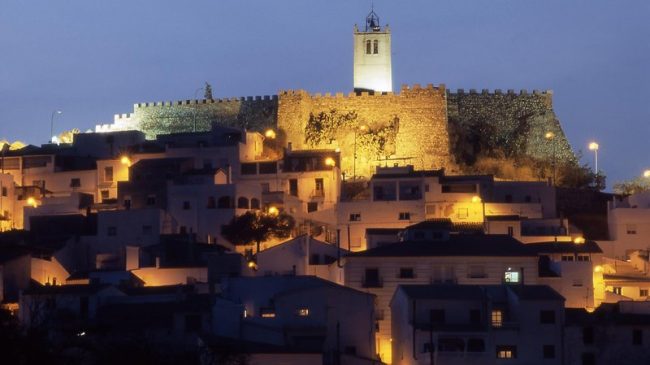Castles and watchtowers of Almanzora
The Almanzora valley in Almeria receives an authentic colonization in the eight centuries of Arab civilization. Almanzora in Arabic comes to mean the well defended by the large number of fortifications built on the marginal agricultural land, throughout this stage.

